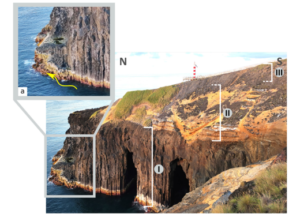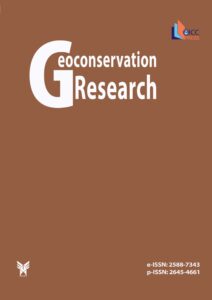
The geodiversity of Latin America and the Caribbean (LAC) is linked to the geological evolution of several tectonic units: the South American Platform, the Andean unstable areas (including the Caribbean, Northern, Central, and Southern Andes), and the Patagonian block, as well as terranes related to the North America and Pacific plates. From Argentina and Chile […]
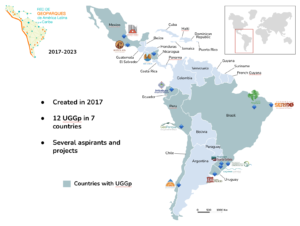
The idea of a geoconservation chain is applied to the ‘End of the World Road’ which is part of an Argentinian tourist development program called La Ruta Natural (The Natural Road). To conduct a comprehensive and specific analysis, this itinerary was divided into six segments and sieved through the steps and substeps of the framework. […]
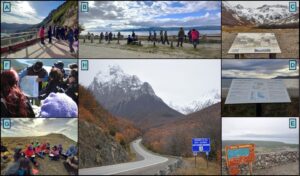
Sumaco is the easternmost active volcano in Ecuador, and is in the sub-Andean zone, towards the northwest of the country, and located in the Pleistocene Napo Uplift. Together, the tectonic setting of the eastern Andes and Amazonian plain is the main regional feature determining high ecological, landscape, geological and biological diversity. In addition, indigenous cultures […]
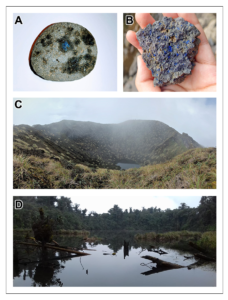
Even though geoconservation has advanced significantly in the last few decades, general awareness of its importance is limited, especially in Brazil. Here, we present an overview of geoconservation actions and initiatives in the state of Paraná. We highlight geoscientific aspects since the 20th century, the installation of interpretative panels, and key findings from the inaugural […]
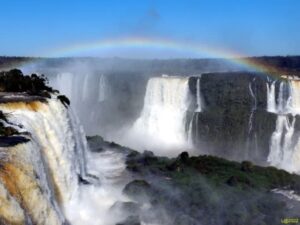
The recognition and valorization of geological heritage in Uruguay is an incipient and developing process. The International Union of Geological Sciences designated the deposits of amethysts of Los Catalanes Gemological District, in northern Uruguay, as one of the first 100 “Geological Heritage Sites” on October 22, 2022, in the Mineralogy category, the first in Uruguay. […]
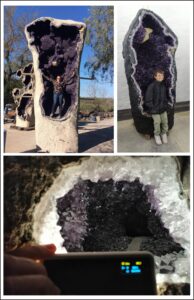
The number of geoconservation studies in Costa Rica has been increasing in the last 10 years. The Poás Volcano National Park has been characterized as one of the most visited places in Costa Rica where many tourists come to see one of the most emblematic volcanoes in the country and Central America. This study documents […]
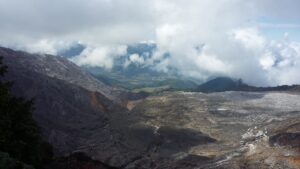
Colombia boasts extensive geodiversity thanks to complex geological processes that have shaped its landscape over geological time. The eastern region of the country is characterized by ancient rock formations, covered by a substantial layer of sediments, influenced by tectonic and erosive forces. These forces have given rise to unique geoforms that qualify as geosites. Thirteen […]
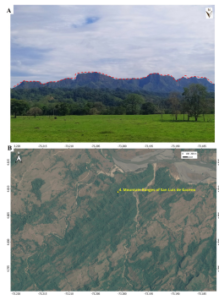
Paraguay’s first geopark began in 2017 and work is ongoing. The project is managed by a committee comprised of key stakeholders from state and municipal entities, universities, and local communities, to promote and generate sustainable local development strategies. Paraguay has significant geodiversity, particularly in the eastern region, with rocks ranging from the Paleoproterozoic to Quaternary […]
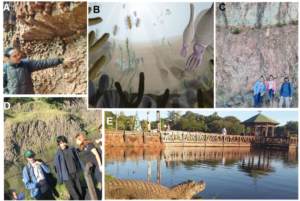
Nature is an essential public resource that provides food, clean water, energy resources, minerals and shelter for human life. To face environmental changes and the exploitation of natural resources, it is crucial to understand and manage the ecosystem services (ES) that benefit humanity and preserve the natural processes that create them. In the Amazon region, […]
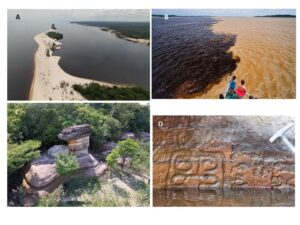
Natural disasters are rather unpredictable and can interrupt human life, cause economic damage and even take lives. Even though they are mostly unpredictable, there are methods for assessing the risks of natural disasters, one of which is the Fine-Kinney, which was originally used for assessing industrial accident risks. Even though the method has been applied […]

Earthquakes are disasters that occur because of tectonic movements under the ground, causing great damage and loss of life. Post-earthquake fires, tsunamis, floods, avalanches, landslides, soil liquefaction, and volcanic eruptions also have devastating effects. Here, we investigate basic analysis methods and specialized methods used for these disasters in academic studies. The study aims to determine […]
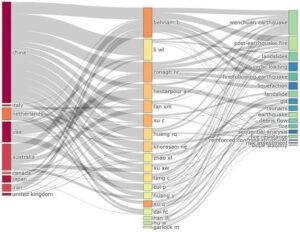
Mandro in Sahibganj District of Jharkhand State, India is known for its abundance of petrified wood and floral impressions from the Rajmahal Traps of Albian–Aptian age. This locality is among the 34 Geological Heritage Sites identified by the Geological Survey of India. The scientific importance of the site is vested in the intricate preservation of […]
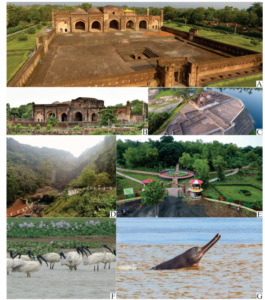
In a recent review article, Lima & Meneses (2023, Geoconservation Research, 6 (1): 114–127) reported on the Azores Geopark, introducing a new geosite for São Miguel Island. We here express our concerns regarding the data presented in this review article. In our commentary, we focus mainly on the use of older bibliographic sources and inaccurate […]
